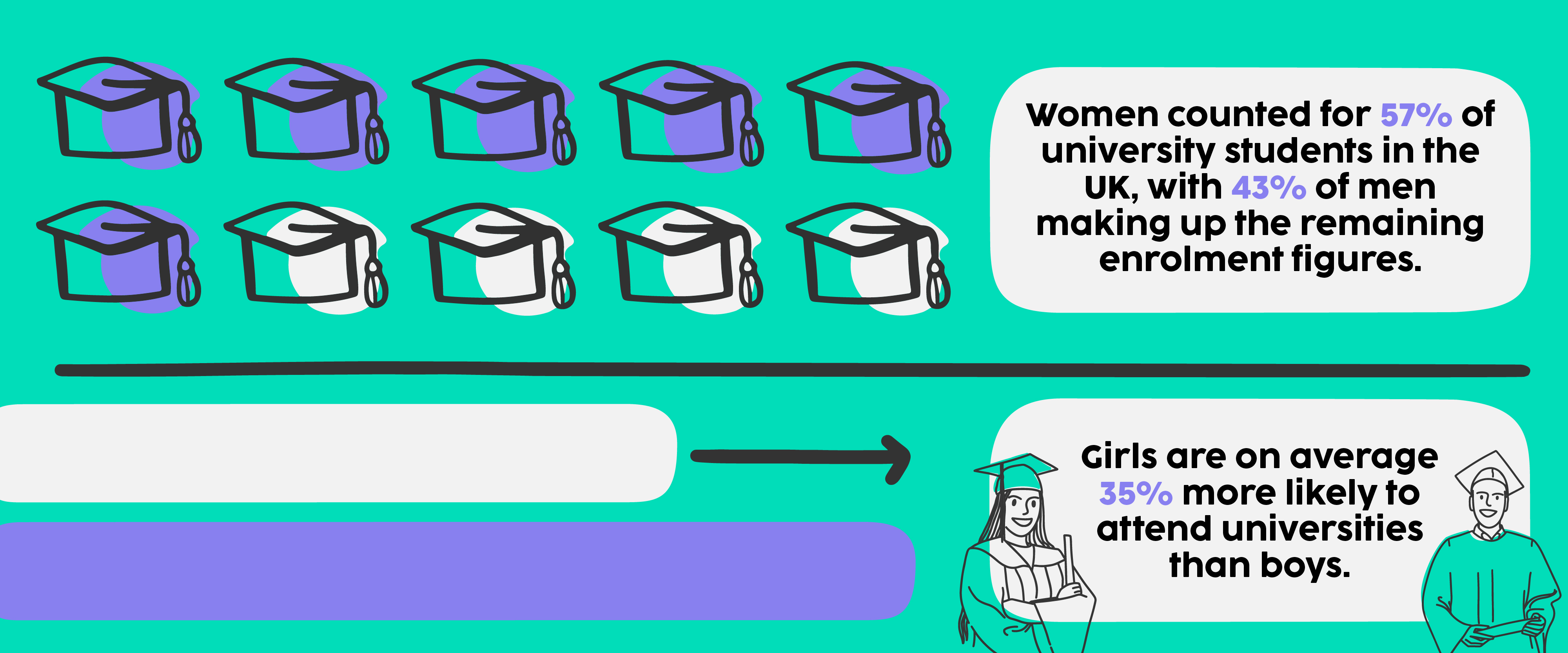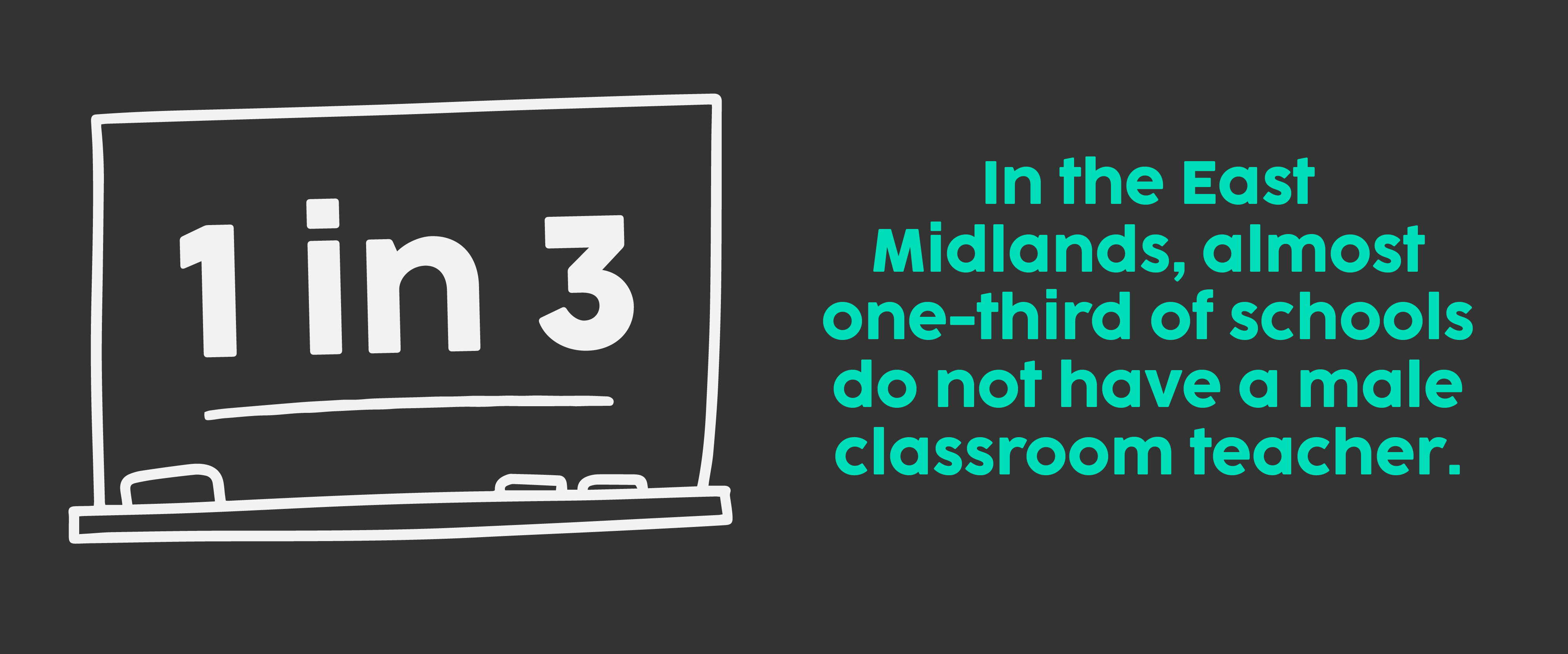A Brief History Of Women In Education (2025)
Details: Written by Kelly Worsnop
|
Published:

International Women’s Day (IWD), celebrated annually on 8th March, is a global event dedicated to recognising the social, economic, cultural, and political achievements of women. It also serves as a powerful reminder of the work still needed to achieve full gender equality. One of the most significant areas of progress over the past century has been in education. Once barred from learning, women have fought for and won the right to study, opening up opportunities that were previously unimaginable.
In honour of International Women’s Day, we’re taking a look at how women’s access to education has evolved, the challenges they have overcome, and the progress still to be made.
The Early Struggles for Women’s Education

During the Medieval period, teaching was mainly done by male priests and monks, who typically educated the children of wealthy families. Monastic schools focused on Latin, the works of St Augustine, chanting, basic arithmetic, and using sundials to tell time.
Young girls were often deemed inferior to boys and were expected to bear children, making education a rare option. Those who did pursue education usually became nuns, like Juliana Morell, the first recorded woman to earn a university degree in 1608.
Interestingly, women played a key role in founding colleges across the UK, despite being barred from attending them. Lady Margaret Beaufort, Henry VII's mother, founded two colleges at Cambridge, and Jeanne of Navarre established a male-only college in Paris. This must have been quite frustrating for women aspiring to higher education! (1)
In the 18th and 19th Centuries, Women Finally Get a Shot at University

Women finally gained access to universities in the 18th and 19th centuries, but it wasn't an easy journey. The same inequalities from the Medieval period persisted. For example, Emily Davies and Barbara Bodichon founded Girton College at Cambridge in 1873, an all-female college, but it wasn't officially affiliated with the university until 1948, reflecting the ongoing prejudice against women seeking education.
Women attending university in the 19th century were often nicknamed "blue stockings," inspired by an intellectual group of women in 18th-century London. The Blue Stockings Society aimed to further women's education and promote refined, intellectual conversation, often over tea. Despite their conservative goals, they faced the same male scrutiny as other ambitious women of the time.
Romantic literary figures like William Hazlitt, who once said, "The bluestocking is the most odious character in society," and others like Lord Byron and Samuel Coleridge, ridiculed the Bluestockings.
Education Inequalities for Women of Colour in the 20th and 21st Centuries

By the 20th century, the debate over women and education had started to calm down. Colleges and universities began to move away from gendered and vocational courses, offering women a truly academic curriculum, especially after World War II. The 1960s saw a surge in female attendance at higher education institutions, driven by the second wave of feminism sweeping across the UK.
As female education became widely accepted, it set the stage for a trend we still see today: women outnumbering men at university. In 2020, research showed that women made up 57% of university students in the UK, with men accounting for 43%. Girls are, on average, 35% more likely to attend university than boys.
Despite these advancements, women of colour face unique challenges in education, marked by long-standing institutional bias and systemic inequalities.
Seun Matiluko, a British author, journalist, poet, and researcher in law, race, and politics, states:
“As a Black female who was born and grew up in Britain, I never learnt anything about my own history from school. I learnt that race was an American problem, yet that contradicted the daily experiences I would have in my majority-white schools, where derogatory remarks about Black people could be heard in the corridors. The narrative was that British history was a history of white people. Black people like my dad, who was born a British subject, were erased from the story.”
Evidence of racial inequalities and discrimination towards Black female students still exists today.
Jasmine During, National Programme Coordinator at UK Youth, shares her experience:

“As a secondary school student, I recall my parents debating with my science teacher to allow me to take the higher tier paper when she argued against it. Doing a lower tier paper would have automatically placed me in a lower set for GCSE Science, so thank goodness for my parents being diligent in education matters because that year I took the higher tier paper and smashed through all expectations!”
While women have historically fought for equal access to education in the UK, the battle is far from over. There is still much to be done to ensure that all women, regardless of background, feel seen, heard, and represented in education.
Is the Education Sector Now Oversaturated by Women?

It’s a compelling question, right?
Recent figures suggest that women have now overtaken men in the education sector, with fewer male teachers in our schools. In the East Midlands, almost one-third of schools do not have a male classroom teacher.
Here at The Skills Network, we conducted a quickfire poll on social media about gendered assumptions in job roles. When asked about the word ‘Teacher,’ a staggering 95% of respondents selected ‘female,’ with only 5% voting male.
The number of male teachers in the UK is at a record low, and there is an alarming lack of male teachers from ethnic minority backgrounds. Nearly nine in 10 English state-funded schools (87.8%) do not have a minority ethnic teacher in their senior leadership team.
Joshua Fullard, a leading researcher in UK school studies, stated:
“Male ethnic representation is also an issue. If the workforce is predominantly white and female, people may think, ‘There aren’t people with my background in this profession’.”
We’ve come a long way from the days when young women could only gain an education by attending a nunnery, or when they were told they could found a university but not attend it themselves. Yet, there is still much progress to be made.

Gender imbalances and the lack of ethnic male representation in schools are modern-day challenges for the education sector. Inclusive teacher recruitment campaigns, tax-free bursaries, and scholarships aim to remove social barriers and encourage applicants from diverse backgrounds.
The question remains: will we have to wait another hundred years (or more) to achieve equal representation in education?
Only time will tell.
To learn more about equality and diversity, check out our suite of courses here
(1) Bustle.com
(2) Artuk.org
(3) Hepi.ac.uk
(4) Cosmopolitan.com
(5) UKYouth.org
(6) The Guardian
(7) The Guardian